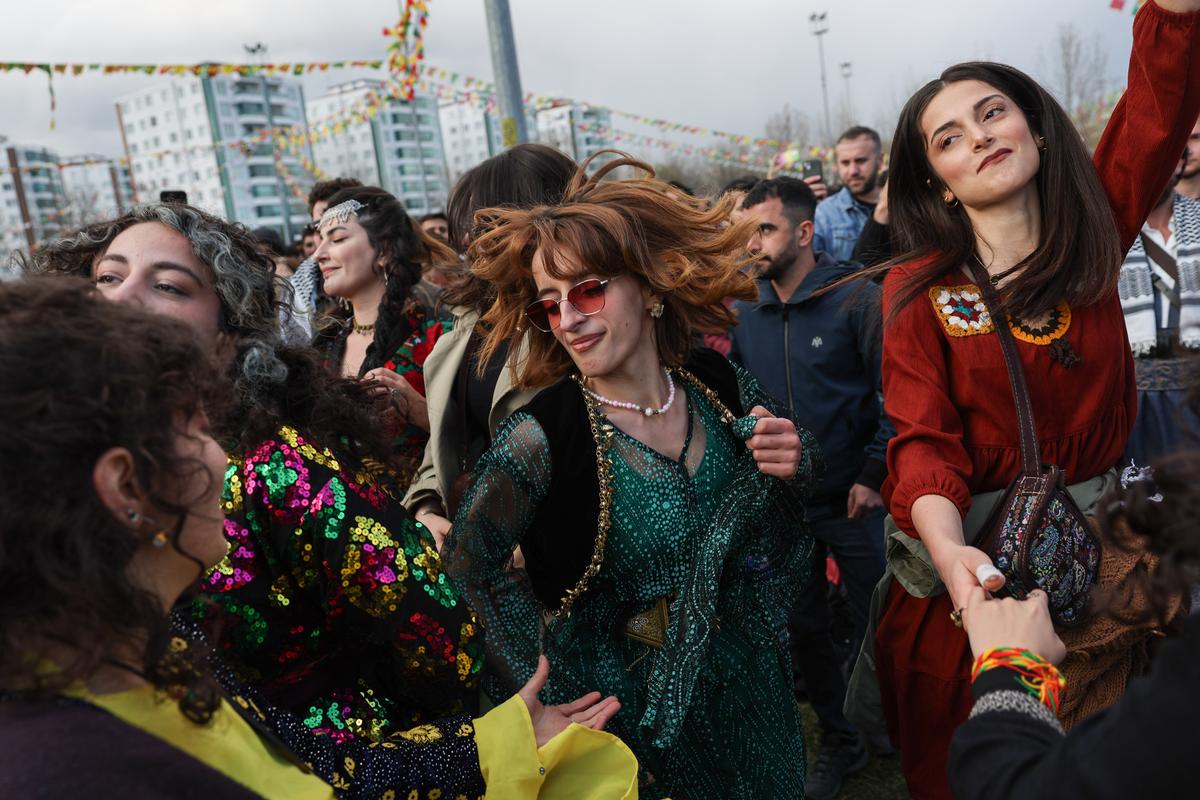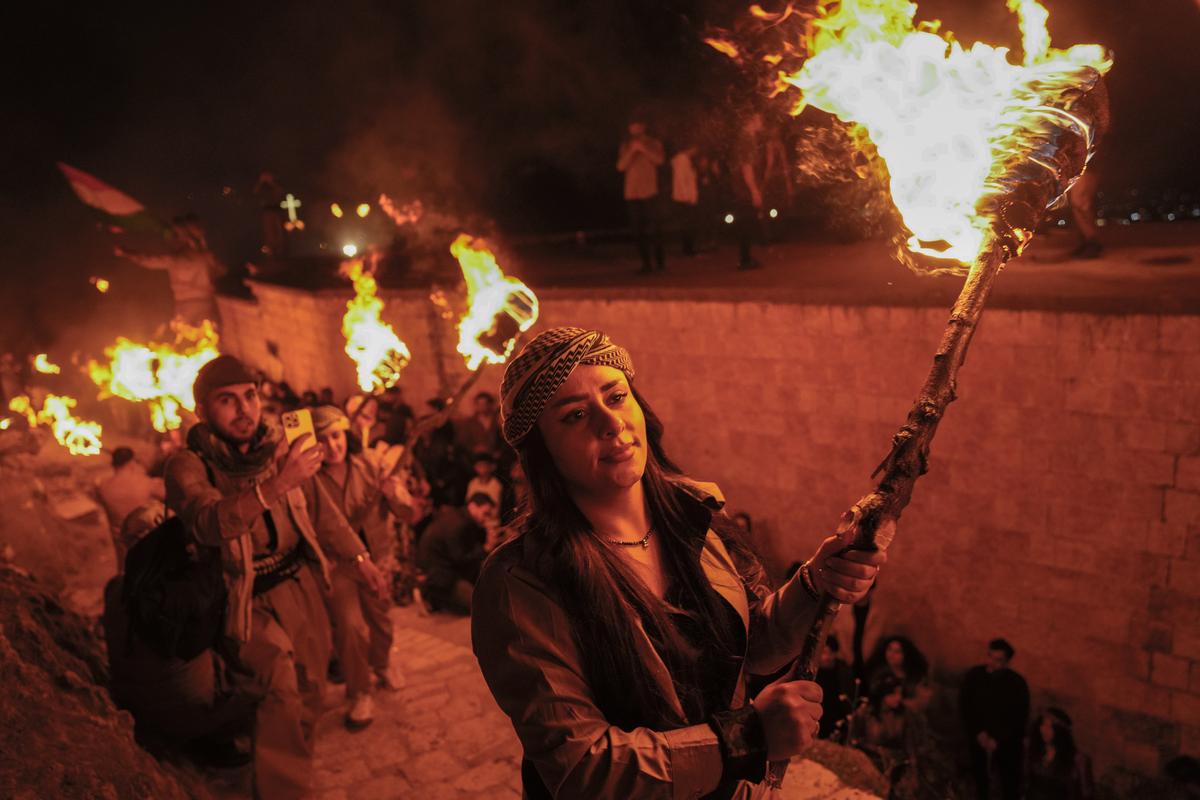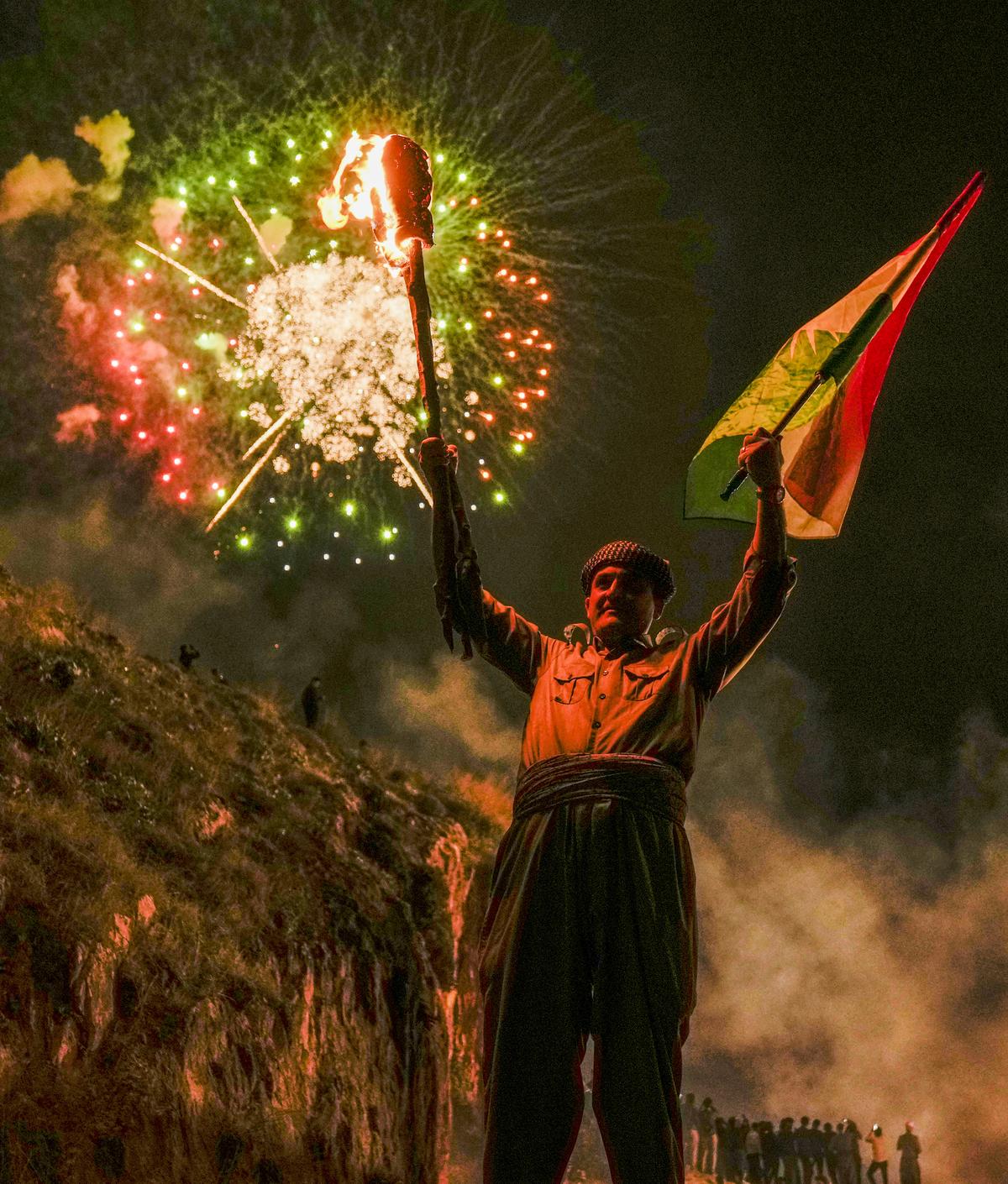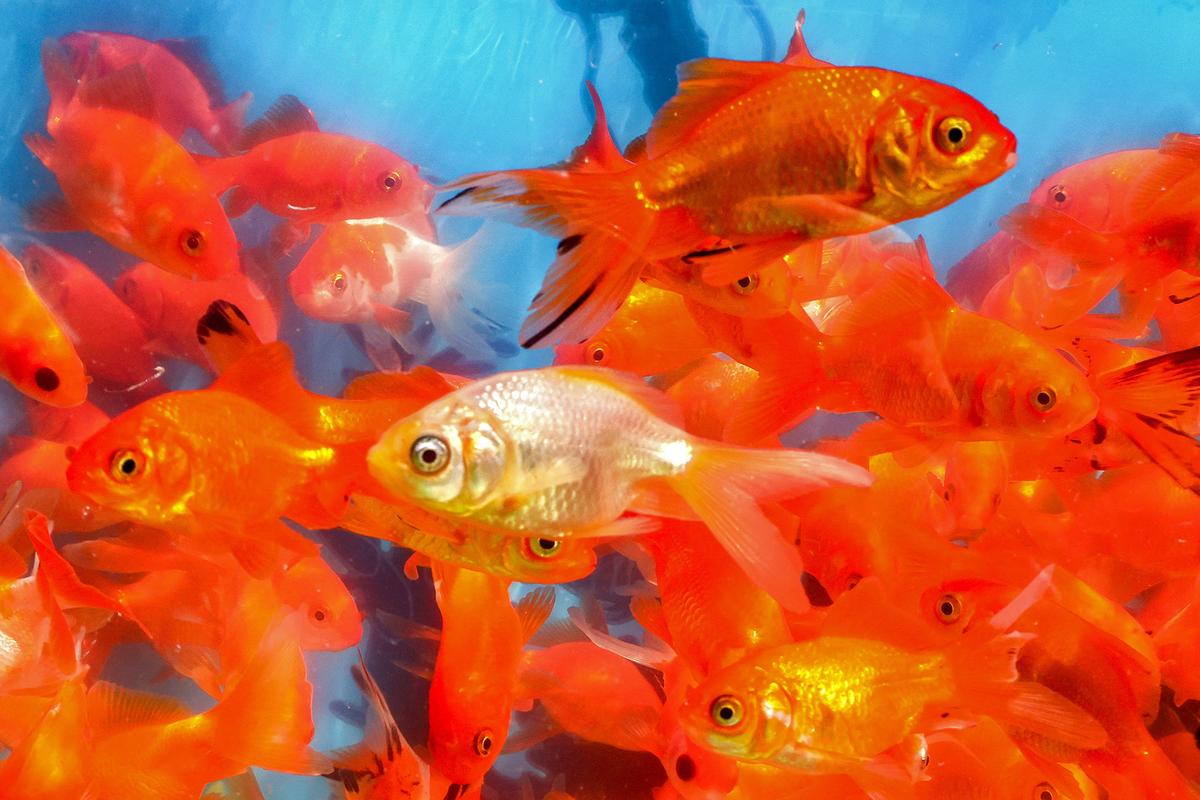The ancient tradition of Nowruz, meaning “new day” in Persian, which can be traced back over 3,000 years to the period of Zoroastrianism, is far more than just the start of a New Tear. A celebration of life, rebirth, and the triumph of light over darkness, Nowruz unites diverse cultures across Central Asia, the Caucasus, the Balkans, and beyond, offering a rich tapestry of customs, traditions, and shared values. For many, the celebrations also symbolise the aspirations of Kurdish people in Syria, Turkiye, Iran, and Iraq.
Celebrated on the day of the vernal equinox, Nowruz heralds the arrival of spring, considered by many cultures as the rebirth of nature. The popular feature of the festival, especially in Iran, is the Haft Sin table. People aesthetically arrange a table with seven items symbolising different attributes of life: sabzeh (sprouted grains) symbolises rebirth and renewal; samanu (sweet pudding) for affluence and fertility; senjed (dried fruit) for love; seer (garlic) for health; seeb (apple) for beauty; somāq (sumac berries) denotes triumph of good over evil, and finally, serkeh (vinegar) represents age and wisdom.
Apart from food, fire forms another key feature of the festival. Regional variations of rituals involving bonfires can be found associated with Nowruz, like the Chaharshanbe Suri in Iran where people jump over bonfires to purify and energise themselves, casting away the cold of winter and bringing in the warmth of spring.
The UN has recognised March 21 as the International Day of Nowruz while UNESCO has inscribed Nowruz on its Representative List of the Intangible Cultural Heritage of Humanity to acknowledge the cultural significance of the tradition.
This year’s Nowruz, which coincides with the Muslim holy month of Ramzan, comes with a backdrop of uncertainty. The decades-long struggle of Kurdish people for a state is left in limbo after Abdullah Ocalan, imprisoned leader of the Kurdistan Workers’ Party, made a call for the group to lay down arms and dissolve itself in hope for establishing peace with Turkiye. In Syria, the interim government headed by Abu Mohammed al-Jolani has managed to convince Kurdish-led, U.S.-backed Syrian Democratic Forces in Rojava to integrate with government forces, leaving doubts on the future of the autonomous Kurdish region carved out during the Syrian civil war.
While the aspirations of the largest ethnic group without a state in the world remain unfulfilled, Nowruz brings them together in joy and restores their hopes as they feast in the freshness of spring.
Photo:
Getty Images
Rich heritage: Traditional dance steps and finery add to celebrations for Nowruz in Diyarbakir, Turkiye.

Photo:
Getty Images
Modern touch: Kurdish women dance during Nowruz celebrations in Diyarbakir, Turkiye.
Photo:
Reuters
Bearing the flame: Kurdish people carry torches during Nowruz celebrations in Amuda, Syria.
Photo:
Reuters
Hazy horizon: A girl with a Kurdish flag in front of bonfires lit during Nowruz in Amuda, Syria.

Photo:
AP
Enduring tradition: Iraqi Kurds hold lit torches during a procession in the town of Akra.

Photo:
AFP
A woman holds a bouquet of flowers outside the Tajrish Bazaar in central Tehran in Iran as people prepare for Nowruz.

Photo:
AP
Flag and fire: A Kurdish person holds lit torches and a Kurdistan flag during a procession up a mountain in the town of Akra in Iraq’s autonomous Kurdish region.

Photo:
AFP
Living symbols: Goldfish swim in an aquarium on display at a stall at the Tajrish Bazaar busy with people preparing for Nowruz. The brightly coloured fish represent new life and are released into water-bodies after the celebrations.
Photo:
EMMANUAL YOGINI
Beyond borders: Children of the Parsi community greet each other to celebrate Nowruz at the Rustom Framna Agiary in Mumbai. An agiary is a ‘fire temple’, a place of worship for Zoroastrians, where a consecrated fire is kept burning eternally as a symbol of purity and reverence.
Published – March 23, 2025 10:43 am IST
